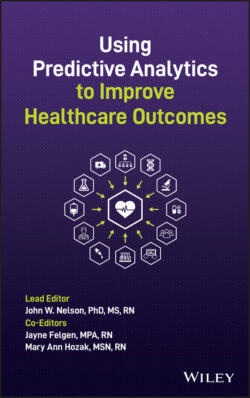Читать книгу Using Predictive Analytics to Improve Healthcare Outcomes - Группа авторов - Страница 32
Step 15: Interface and Automate
ОглавлениеCollecting data from a variety of software can take a lot of time, and it costs a lot of money for staff members to collect the data. These are compelling reasons to examine how technology can be used to automate the specified models developed to study the variable of interest. To examine outcomes in as close to real time as possible, interface the software and applications to one repository of data so the data can be examined as it comes in. Programs can be written to make the mathematical formula run every time one of the new variables comes into the dataset. A program can even be written for automatic respecification of the model as operations of clinical care improve. Manual respecification of a measurement model takes a lot of time, but if the program is set up to detect a fall in the explained variance for any variable, a program can be written that automatically reruns the correlations of all the variables in the model and then automatically builds a new model. Coefficients can be used to identify some specific aspects of how the newly added predictor variable is affecting the outcome variable. For example, if the variable of interest was CLABSI incidence, and the predictor variable is “central line type is causing infection,” the coefficients can identify what type of central line is causing infections, what unit/department it is most likely to occur in, and/or other specifics from other predictor variables in the model.
A program can be written for automatic respecification of the model as operations of clinical care improve.
